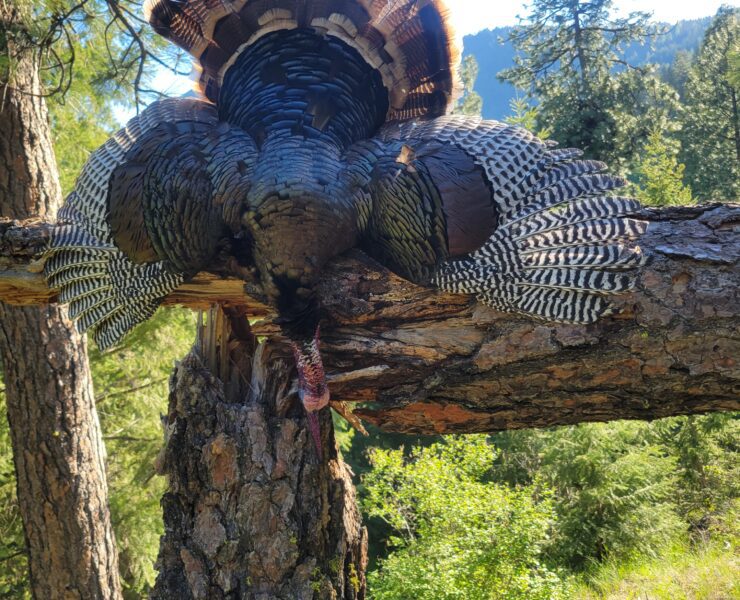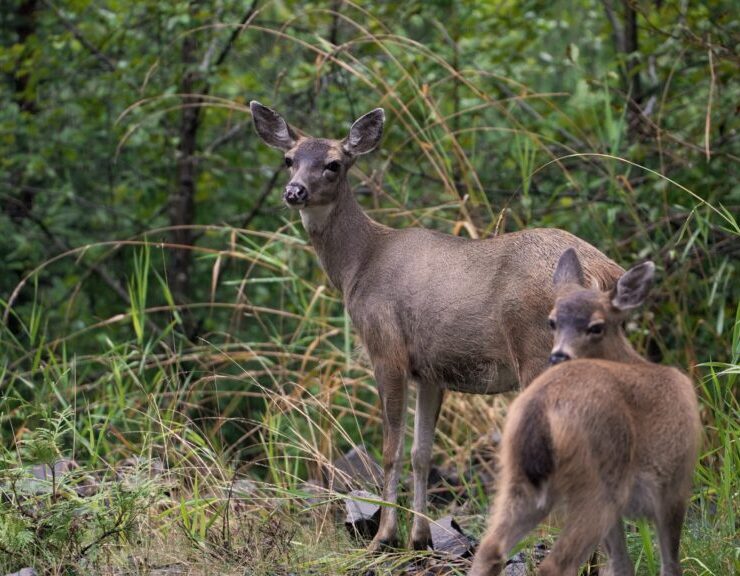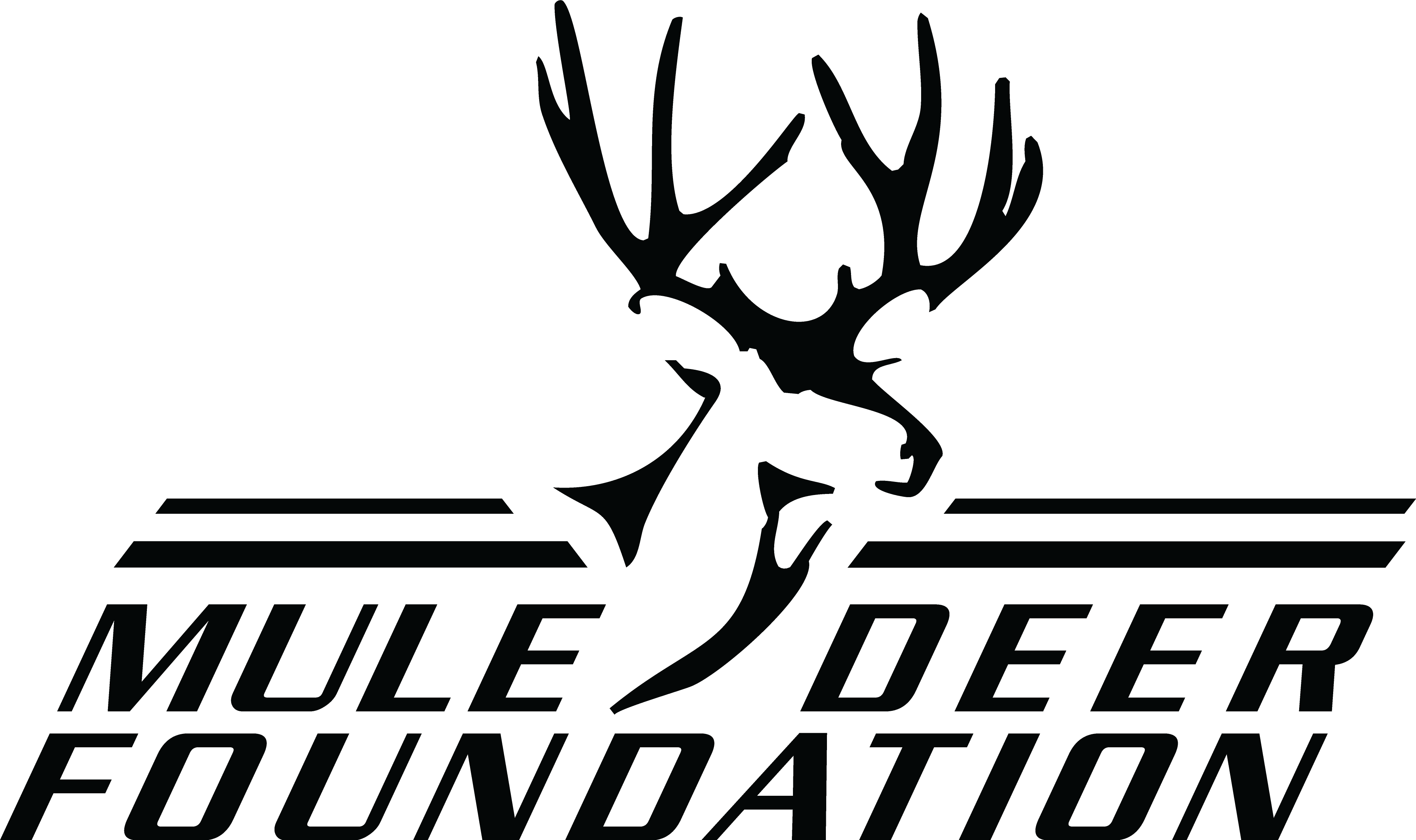Conservation

As the hot afternoon sun beat down on my face, a burning bead of sweat rolled its way down my forehead and found its way into my eye. It was a very unseasonably warm mid-May afternoon in Idaho. I had just hustled home from work, jumped into my camo ninja suit, and practically ran up the mountain to my honey hole, where I hoped to bag a late season gobbler. It was hot and dry, and to be honest, I was very much doubting the likelihood of success.

f you’ve spent any time on the eastern prairie breaks or the steep ridges of western Montana, odds are you’ve crossed paths with mule deer. They’re woven into the landscape here. To we fortunate few who have invested in this land these critters are not just as a game animal, but a part of what makes the West wild. Like a lot of things in Montana, their story is one of peaks, valleys, and a changing environment.

With tag draw results coming in across the West, odds are some of you are holding onto a hot tag and plotting your fall adventure. Whether it’s your first time chasing high country bucks or you’re a seasoned veteran heading back to your favorite canyon, the right gear can make all the difference between a successful, enjoyable hunt and a miserable slog. Lucky for you, you’ve landed in the right place; at the Mule Deer Foundation, we not only care about conserving the species we all love, but we also live this lifestyle 365 days a year.

“The Mule Deer Foundation values America’s public lands, essential for our hunters’ access to pursue mule deer and black-tailed deer in the West. We are concerned about the Senate’s reconciliation bill provision mandating that potentially millions of acres would be sold or transferred, as it lacks transparency and public input. We urge a thoughtful, transparent process that safeguards our hunting heritage while addressing land management challenges.”

However, one part of the animal that is often overlooked is its hair.
I think game hair—whether from pronghorns, mule deer, or elk—has tremendous value, especially for fly tyers. When used skillfully, these natural materials can be used to craft a wide variety of fly patterns that are effective and unique.

“The only thing that could improve it would be seeing a big ol’ boar,” I said after the elk had disappeared into the spruce forest. Billy and I stepped back onto the road in high spirits. As we slowly still hunted our way along, I suddenly felt something. Apparently, Billy thought it, too. When I turned around to see what had the hair on my neck standing at attention, he was turning back towards me wide-eyed.

As many hunters and conservationists know, in certain states winter survival for mule deer is essential to keeping the population at its objectives. Therefore, it makes sense why states wildlife managers collect this vital information year after year. In fact, winter survival and post winter population counts are vital to MDF’s prioritization of where it can focus its conservation efforts in coordination with state agencies.

Oak woodlands are an important ecosystem type for the long-term health and sustainability of our black-tailed deer herds throughout much of their range in Northern California and Southern Oregon. Black-tailed deer need a variety of habitats to thrive, but oak woodlands are one of the most important. Typically, a healthy oak woodland is made up of an overstory dominated by mature oak trees with enough space between them to allow sufficient light to reach the ground. The most common types are white oak, blue oak, black oak, valley oak, or one of several varieties of live oak.

Mushrooms are at once familiar and mysterious. Anyone who spends time outdoors is sooner or later going to run into these fruiting bodies of fungi. For many, mushrooms need no introduction. Childhood storybooks with pictures of toadstools colored bright red with flecks of white are familiar to all. Perhaps equally common are the experiences of a hiker or hunter coming across a mushroom in the woods. Most folks, without any special training, can tell with a reasonably high degree of accuracy if they are looking at a mushroom rather than a plant, and yet I’d venture to guess that many would be hard-pressed to name more than a handful of species.

The Mule Deer Foundation (MDF) is seeking applicants for one Project Manager to assist with habitat projects on the USFS lands. This position is a full-time, field- based, position that will help deliver the mission of MDF on USFS lands. This is a term, 2-year position with the possibility of extension based on funding.

The Mule Deer Foundation (MDF) and Idaho Fish and Game Department are seeking a highly motivated and dedicated individual to fill the role of Transportation Technical Assistance Liaison to support IDFG with providing biological technical assistance to ITD. In this role, you will be a critical member of an interagency team supporting ITD’s programs and projects with a nexus to fish, wildlife, and botanical resources. This position will provide leadership and creativity for exploring and implementing solutions to benefit both conservation and society’s transportation needs.



